Ambiguity has always existed in the definition of photography genres, street and documentary photography not excluded. The line grows thin and blurry, together with the diverse, fluctuating thinking and practice in each genre that challenges their fundamental definitions. This has caused long-standing controversies concerning how to define and separate the two photography genres that hold a lot of similarities.
Visually speaking, street and documentary photography have a lot in common. A street life photograph has in itself certain documentary value that adds up over time. An age-old street photo with not so much information at the time it was taken would become a significant record that provides present-day people with glimpses of a bygone era. Images of an old Hanoi were taken by Harrison Forman with a direct and descriptive approach, yet when looked with our contemporary eye, they serve as compelling evidence of the French colonization’s heavy influences on North Vietnam in the 40s.
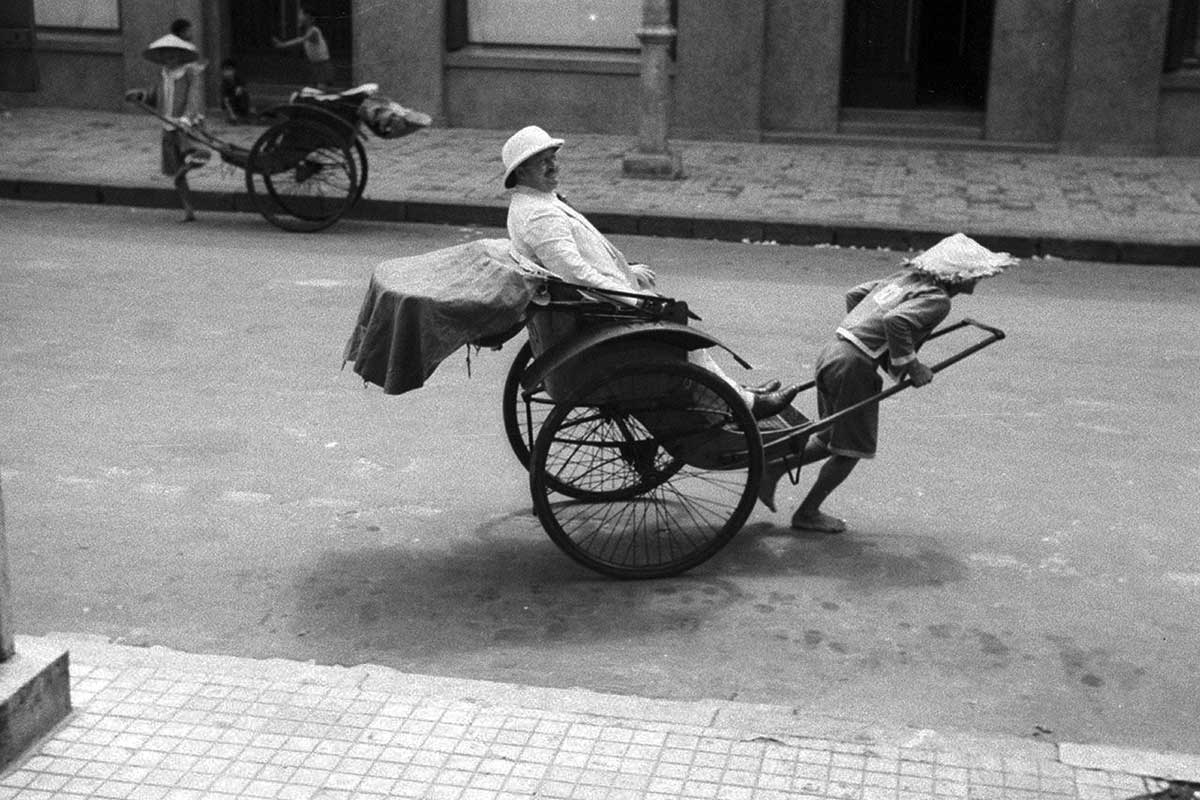
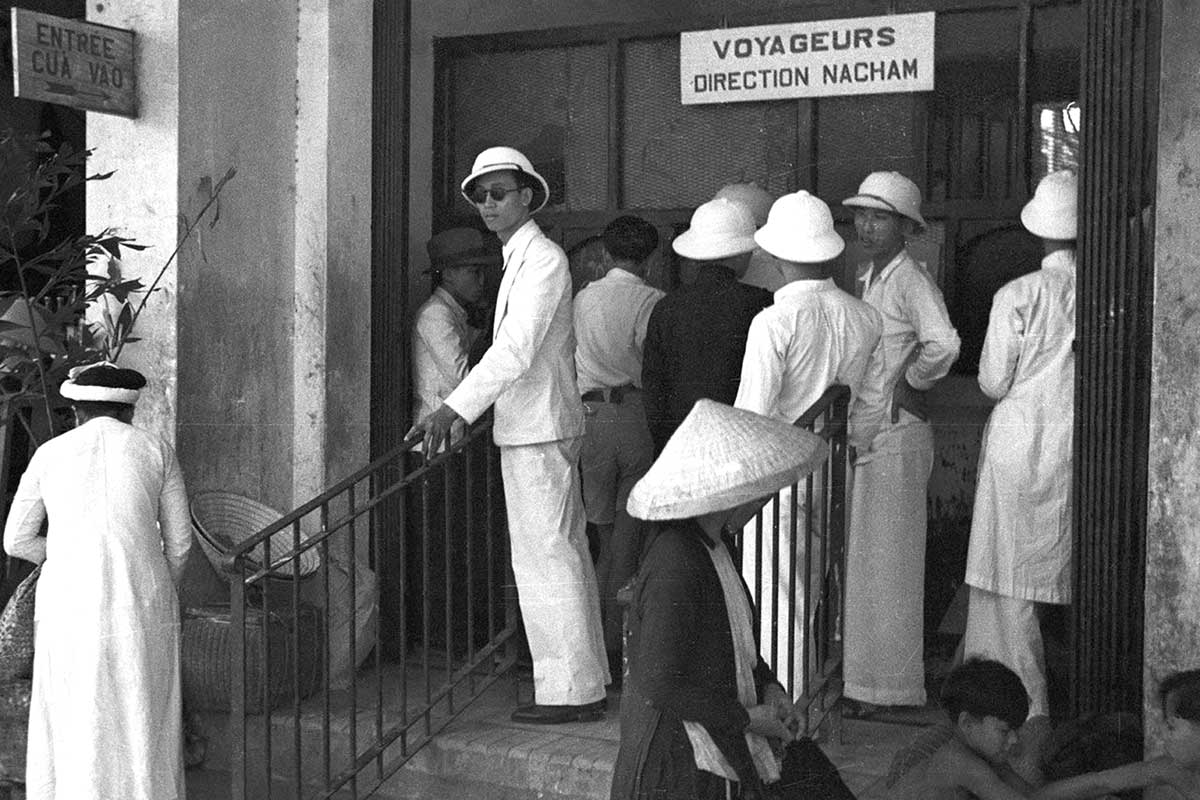
Street photography was coined and practiced widely when Henri Cartier-Bresson popularized the decisive moment. He went hunting for random unstaged moments that could embrace what he wanted to say in a frame. For him, photography is to envision the moment before it happens, and when his eye, heart and mind synchronize, he would press the shutter. Bresson refused to be called a street photographer and did not take the task of recording history with much interest. Yet his photos, bearing unmistakable imprint of his artistic self, have become classic guidance for generations of street photographers for more than half a decade.
“Photography as I conceive it, well, it’s a drawing – immediate sketch done with intuition and you can’t correct it. If you have to correct it, it’s the next picture. But life is very fluid. Well, sometimes the pictures disappear and there’s nothing you can do. You can’t tell the person, “Oh, please smile again. Do that gesture again.” Life is once, forever.” – Henri Cartier-Bresson

Artistic self & the truth.
‘My street photographs only serves myself. I go out, take a walk, not thinking about anything other than expressing my point of view’ – shared photographer Chu Viet Ha. It could be said that street photography is a way for artists to convey their attitudes and reactions to people and things around. This understanding encourages them to create metaphorical images that present to viewers a different way of looking other than the seen reality. In other words, street photography prioritizes serendipity and composition, not necessarily telling the truth. Taking street photos has more to do with creating and less with reporting; a good street photo evokes ideas, emotions and interpretation from the audience like a piece of art. As articulated by A.D. Coleman, “more and more photographers took to the streets with concerns that were not those of the reporter but rather those of the novelist and poet—a search for resonant contrasts, rich metaphors, and found dramatic scenarios.” In this case, the open street becomes the canvas on which artists freely create.

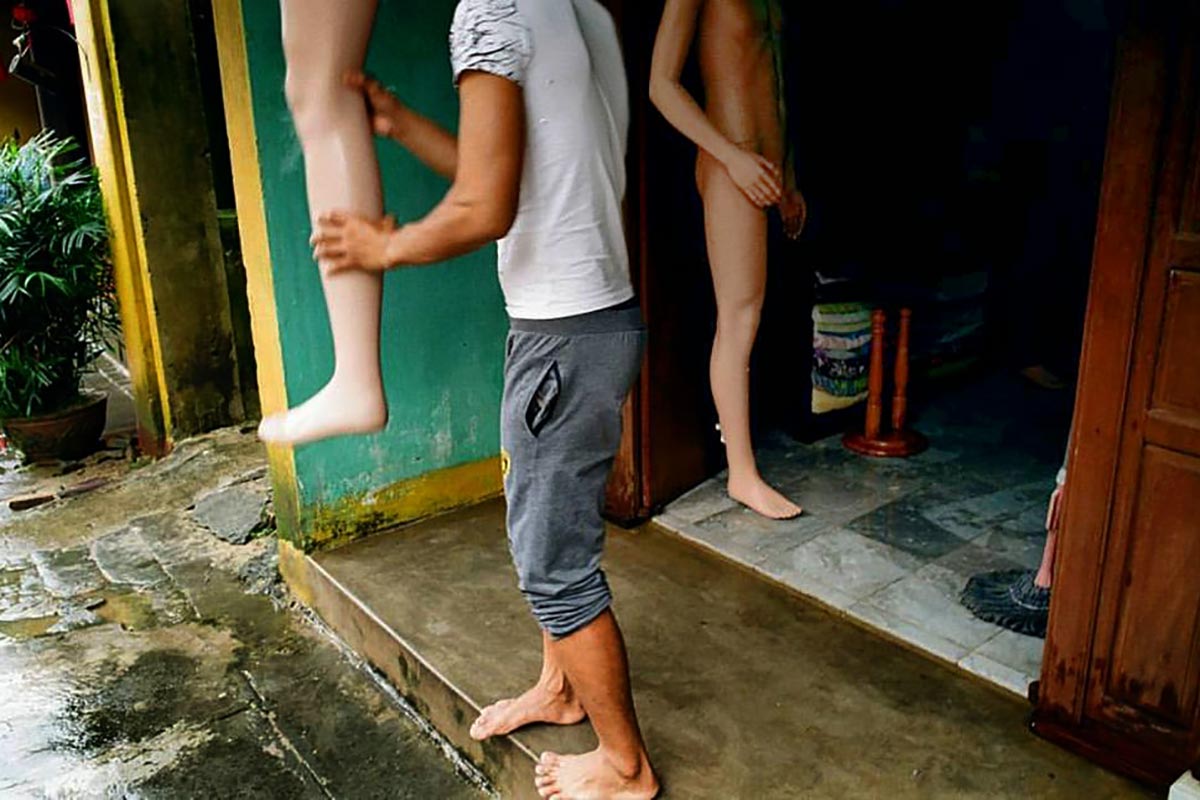
On the other hand, documentary photography has distinctive features similar to photojournalism. The genre was born out of a need to record and reflect particular conditions that has a historical and/or social significance. Key images in a documentary series are not very often about random moments but disclose what is not widely known before, the result of a continuous process of following the subject. Nonetheless, we are beginning to see more creative and personal approaches in telling a social story. Bangladeshi photographer Sarker Protick has made dreamy, almost surreal images bursting with color, light and smoke, documenting the set of his local film industry that has fallen under major influences from Bollywood.
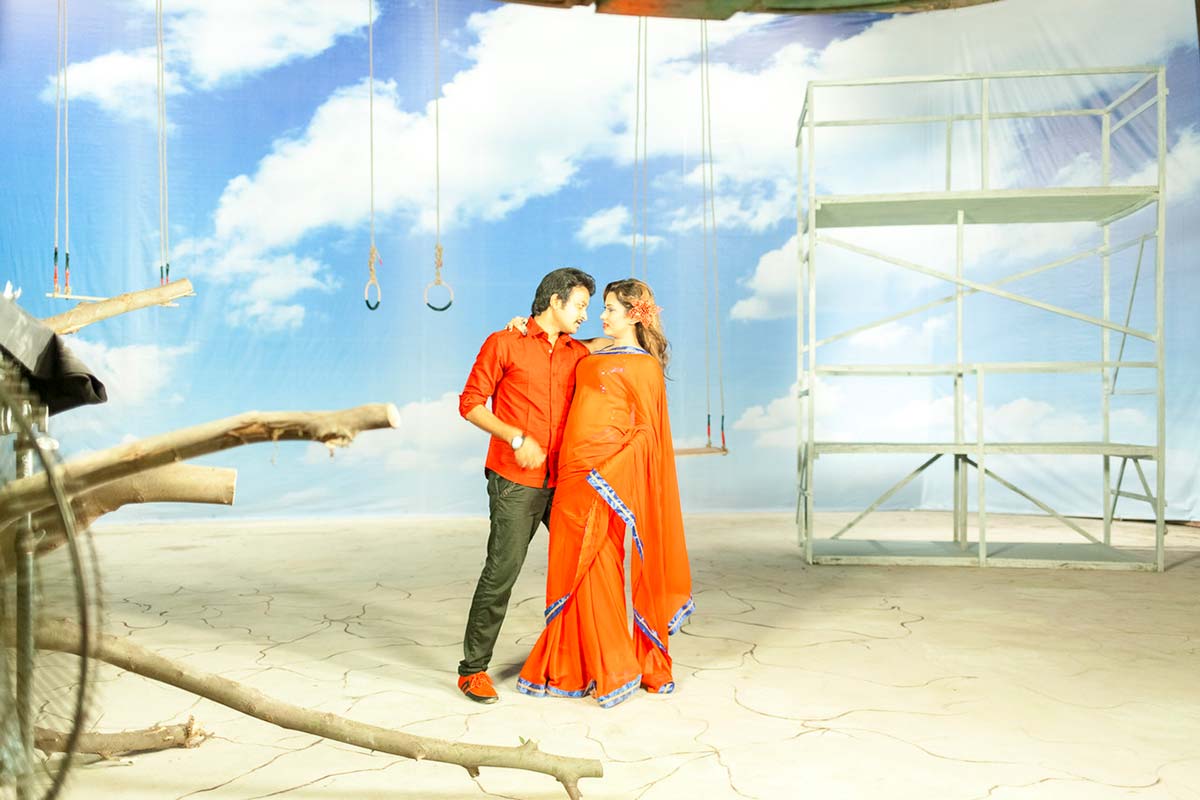

Ways of working.
Street photography revolves around people, particularly passerbys, and photographers can choose to interact with them or not. “The only rule in street photography is there is no rule”, Chu Viet Ha confirmed. Street shooters idolize the decisive moment. People in street photos are without an identity, they are part of the landscape, the visual elements in a composition. These works are often single images, each containing in itself enough information and value. That perhaps explains why street shooters only care about what’s taking place before their lens to pick out a unique instant, not so much attention is given to what happens afterwards or the impacts of their presence on the scene.
Meanwhile, topics abound in documentary photography. It is not always about people, but when it is, documentary photographers take immense interest in them and are often determined to form connections with their subjects. Not chasing fleeting moments, documentary projects are carefully researched and planned for a long period of time. They are photographs taken to serve a function, according to Walker Evans.
Mary Ellen Mark’s book Tiny: Streetwise Revisited is one of the best example about long-form documentary. The only thing that kept the artist moving forward with the projects is solely the concern for her subject and the social issue that she was witnessing. Mark first met the 13-year-old prostitute by the name Tiny during an assignment for Life magazine where she worked on a photo essay about homeless and troubled youth. Since the first encounter 30 years ago, Mark continued to photograph Tiny beyond the assignment, creating what has become one of Mark’s most significant life-long project. The intimate and emotional portraits provides a poignant education piece on the complex side of American life, as well as the unique relationship between artist and subject that stands the test of time.
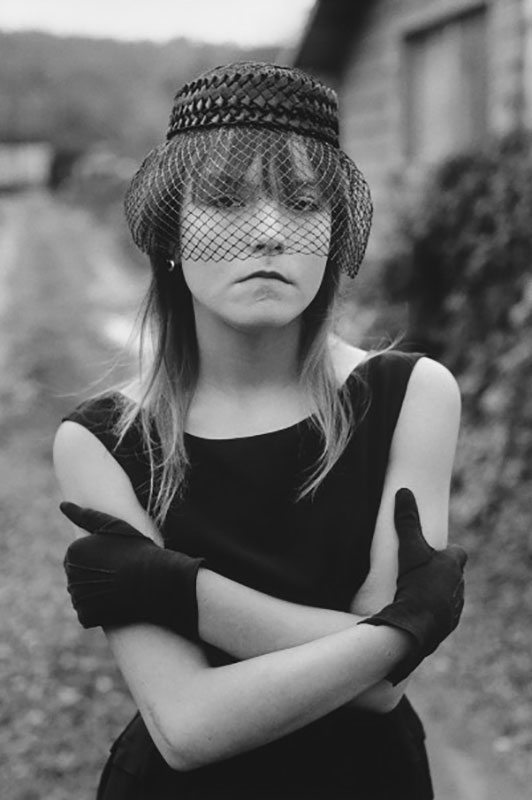
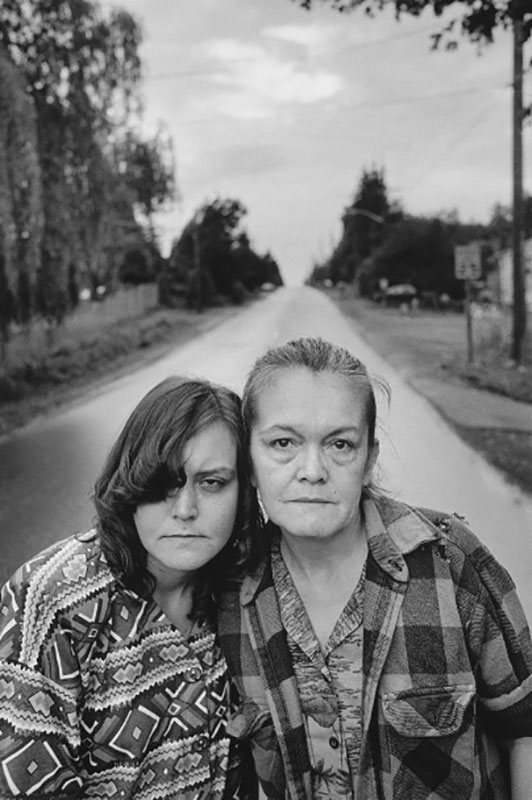
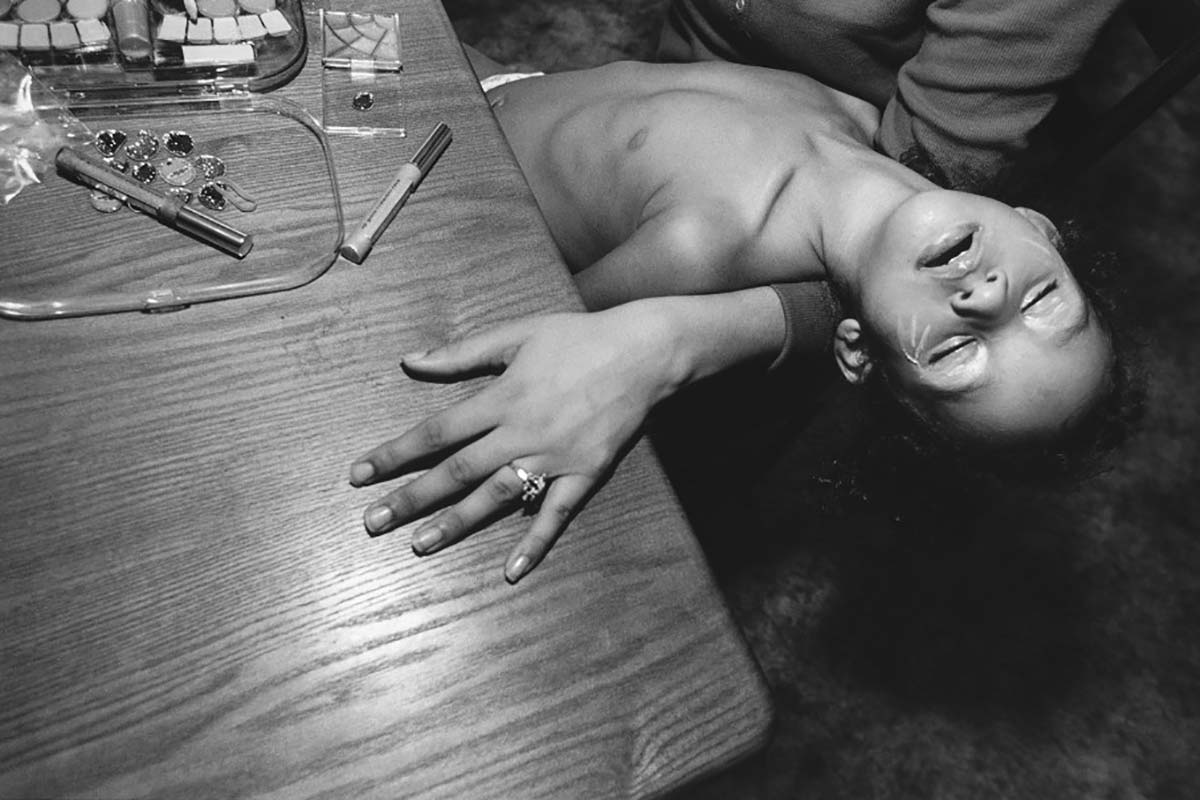
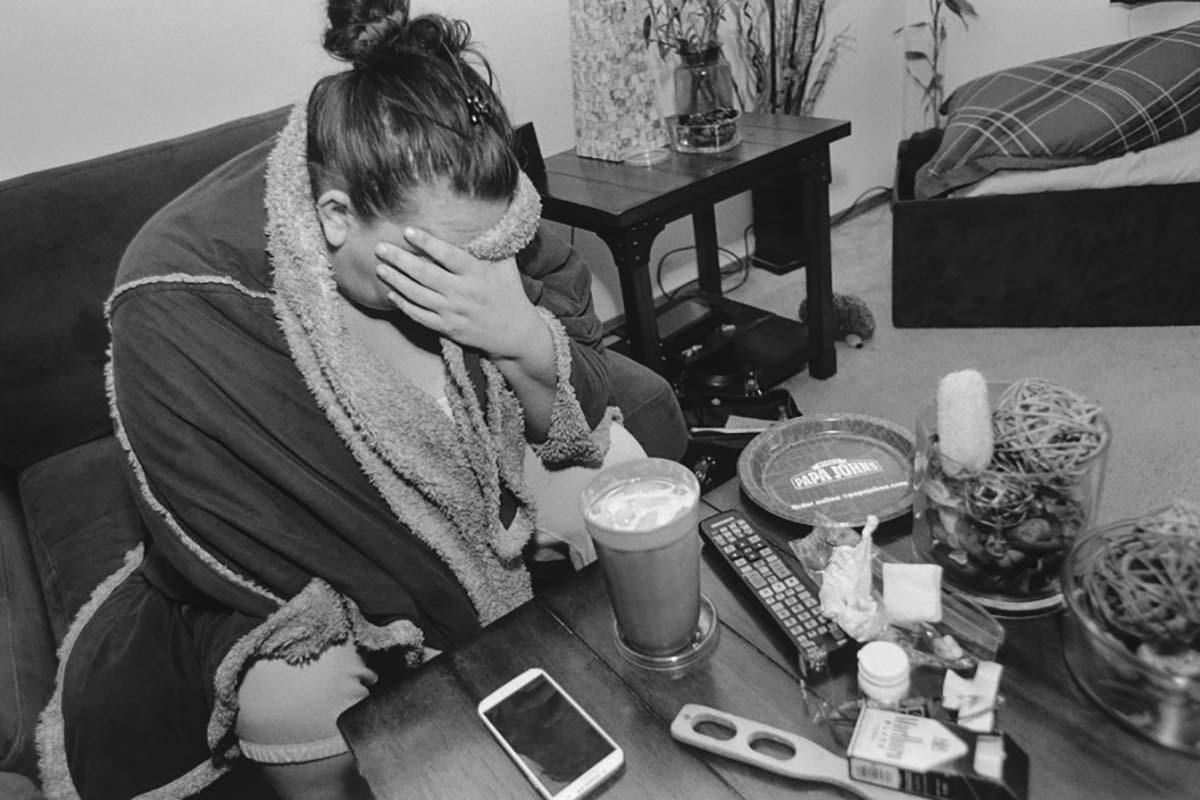
Although we often regard images as the most honest depiction of reality, the process of producing them is essentially subjective and could totally bend the truth. Aware of that, documentary photographers make efforts to minimize their impact of their presence, by spending a great amount of time with their subject so that a camera no longer feels intruding. Photographers who succeed with this genre are those that win the audience’s trust with their serious and long working process. Regarding the form, documentary photos often work in series where one photo leads to and supports another, delivering a coherent narrative. Once taken out of their context, each photo can hardly speak on their own.
An open ending.
Although many street photographs contain documentary values and a large number of documentary photographs are set on the street, there are certain essential distinctions in the purpose and practice of each genre. In short and perhaps generalized comparisons, street shooters walk on the street waiting for uncommon moments, while documentary photographers start shooting with a specific goal in mind. Street shooters want to be discreet in order to capture candid moments while documentary photographers try to be a part of the scene. While personal emotions and attitudes affect everyone with a camera, street shooters express their personality with freedom while documentary photographers strive to be as neutral as possible.
Having a clear understanding of each genre can help photography practitioners clarify their direction and provide a theoretical base on which they can assess their works. Notwithstanding, definitions and rules are born to be broken. In the end, photographers should never compromise their own approach to a subject they are passionate about or their personal visual style for the sake of fitting in a genre.
*The author is inspired by some of Evangelo Costadimas’ points in his article Why Street Photography is not Documentary Photography.
